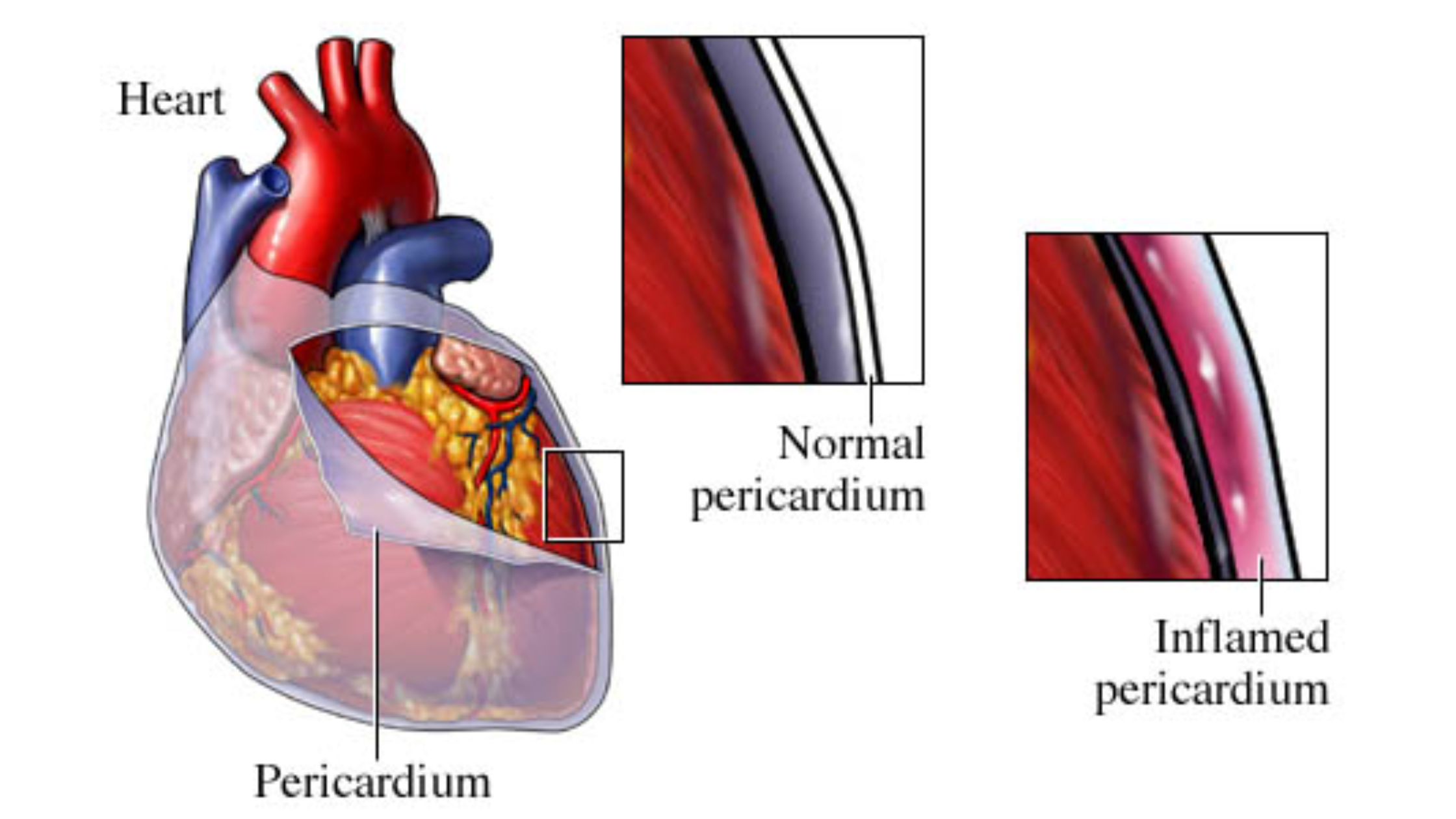Last updated on May 24th, 2025 at 04:15 pm
Managing shoulder pain when crossing arm over chest starts with understanding what’s triggering the discomfort and knowing how to ease it. Whether it’s a muscle strain, joint issue, or inflammation, there are practical steps you can take right now to reduce the pain and improve mobility. From gentle stretches to posture fixes and targeted home remedies, let’s explore simple, effective solutions to help you feel better quickly.

Shoulder pain when crossing your arm over your chest can be frustrating, especially if it affects daily activities like dressing, working out, or even sleeping. Whether the pain is sharp, dull, or accompanied by stiffness, understanding the root cause and the best ways to manage it is essential.
This guide will explain why this pain occurs, how to relieve it, exercises to strengthen the shoulder, and when to seek medical help, leaving you with no doubts or unanswered questions.
Why Does Your Shoulder Hurt When You Cross Your Arm Over Your Chest?
Your shoulder is a complex ball-and-socket joint that relies on muscles, ligaments, and tendons for movement. Pain in this motion often points to underlying issues such as:
1. Acromioclavicular (AC) Joint Dysfunction
The AC joint, where your collarbone (clavicle) meets the shoulder blade (acromion), can become inflamed due to:
- Arthritis
- Injury (like a fall or impact trauma)
- Overuse from repetitive motions (common in weightlifting, swimming, or throwing sports)
Symptoms:
- Pain at the top of your shoulder
- Discomfort when pressing on the AC joint
- Difficulty lifting the arm overhead or across the body
2. Shoulder Impingement Syndrome
When the rotator cuff tendons get pinched between the shoulder blade and upper arm bone, inflammation and pain occur.
Symptoms:
- Sharp pain when moving the arm across your body
- Weakness or difficulty lifting objects
- Pain that worsens when sleeping on the affected shoulder
3. Rotator Cuff Injury (Tendinitis or Tear)
The rotator cuff is a group of muscles and tendons that stabilize your shoulder joint. Overuse, injury, or aging can cause inflammation (tendinitis) or even tears.
Symptoms:
- Pain with overhead movements
- Weakness in the affected arm
- Clicking or popping sounds in the shoulder
4. Bursitis (Inflamed Shoulder Bursa)
A bursa is a fluid-filled sac that cushions your bones and tendons. When inflamed, it can cause pain during arm movements, including crossing the arm over the chest.
Symptoms:
- Swelling or tenderness around the shoulder
- Pain during movement or when lying on the shoulder
5. Frozen Shoulder (Adhesive Capsulitis)
A condition where your shoulder becomes stiff and painful, limiting movement significantly.
Symptoms:
- Gradual increase in pain
- Stiffness that worsens over time
- Restricted arm mobility
(Discover the secret painkiller for Joint pain)
Immediate Relief: Self-Care Treatments
If your shoulder pain is mild to moderate, you can try the following remedies:
1. Apply Ice or Heat Therapy
- Ice: Use an ice pack (wrapped in a towel) for 15–20 minutes every few hours to reduce inflammation.
- Heat: Apply a warm compress or heating pad after a couple of days to relax tight muscles.
2. Take Over-the-Counter Pain Relievers
- NSAIDs like ibuprofen (Advil) or naproxen (Aleve) help reduce pain and swelling.
- Follow dosage instructions and consult a doctor if pain persists.
3. Gentle Shoulder Stretches
- Pendulum Stretch: Let your arm dangle and move it in small circles.
- Cross-Body Stretch: Gently pull the affected arm across your chest using your other hand.
4. Rest, But Stay Active
- Avoid movements that worsen pain, but keep the shoulder mobile to prevent stiffness.
- Do light shoulder rolls and arm swings to maintain flexibility.
Best Exercises to Strengthen & Prevent Shoulder Pain
Strengthening the shoulder helps prevent future pain and improves joint stability.
1. Wall Angels
- Stand with your back against a wall.
- Raise your arms in a “goal post” position.
- Slowly move your arms up and down like a snow angel.
2. Shoulder External Rotation (With Resistance Band)
- Anchor a resistance band to a stable surface.
- Hold the band with your affected arm at a 90-degree angle.
- Rotate the forearm outward while keeping the elbow tucked in.
3. Scapular Retractions
- Stand or sit upright.
- Squeeze your shoulder blades together, holding for a few seconds.
4. Doorway Stretch
- Place both hands on a doorway frame at shoulder height.
- Step forward to feel a stretch across your chest and shoulders.
Tip: Perform these exercises 3–5 times a week to maintain shoulder strength and flexibility.
When to See Your Doctor Over Shoulder Pain
You should seek medical evaluation if:
- Pain persists for more than 2 weeks despite self-care.
- You experience swelling, redness, or warmth (signs of infection or inflammation).
- Your shoulder feels unstable, weak, or “locks up.”
- You hear a popping sound followed by severe pain (potential rotator cuff tear or dislocation).
A doctor may recommend physical therapy, corticosteroid injections, or imaging tests (X-ray, MRI) to diagnose the problem. In severe cases, surgery might be necessary.
Preventing Shoulder Pain in the Future
- Warm up properly before workouts.
- Maintain good posture to avoid unnecessary shoulder strain.
- Avoid repetitive overhead movements or modify them if pain occurs.
- Use ergonomic setups at work to prevent shoulder strain from poor desk posture.
Shoulder pain when crossing your arm over your chest is often due to AC joint irritation, rotator cuff issues, or shoulder impingement. With proper rest, stretching, and strengthening exercises, most cases can improve without surgery. However, persistent or severe pain requires medical attention to prevent long-term damage.
By following this guide, you now have a clear plan for diagnosing, treating, and preventing shoulder pain, eliminating any doubts about your next steps.
Need personalized advice? Don’t hesitate to consult your nearest healthcare professional for a tailored treatment plan.




